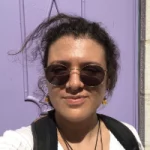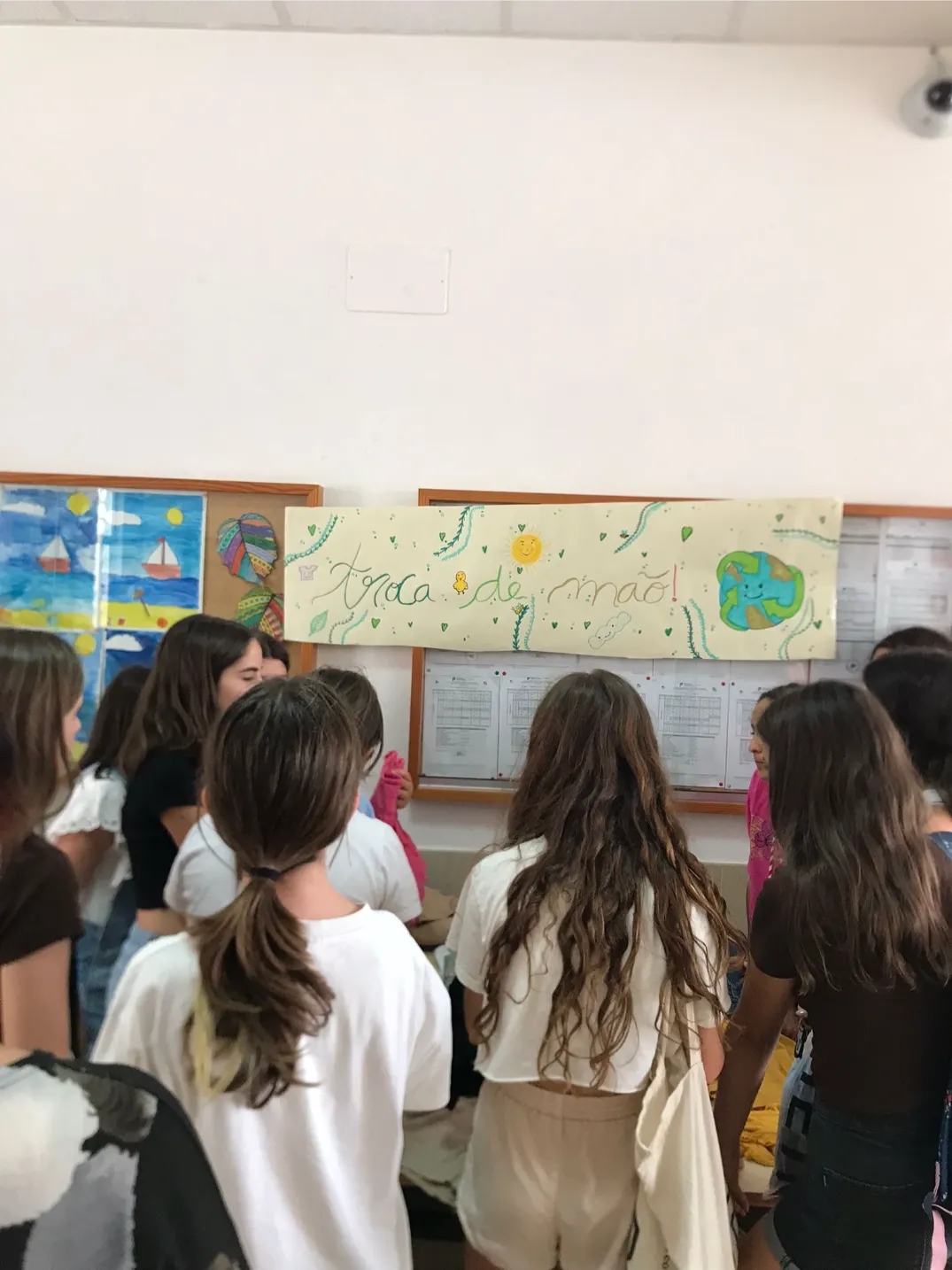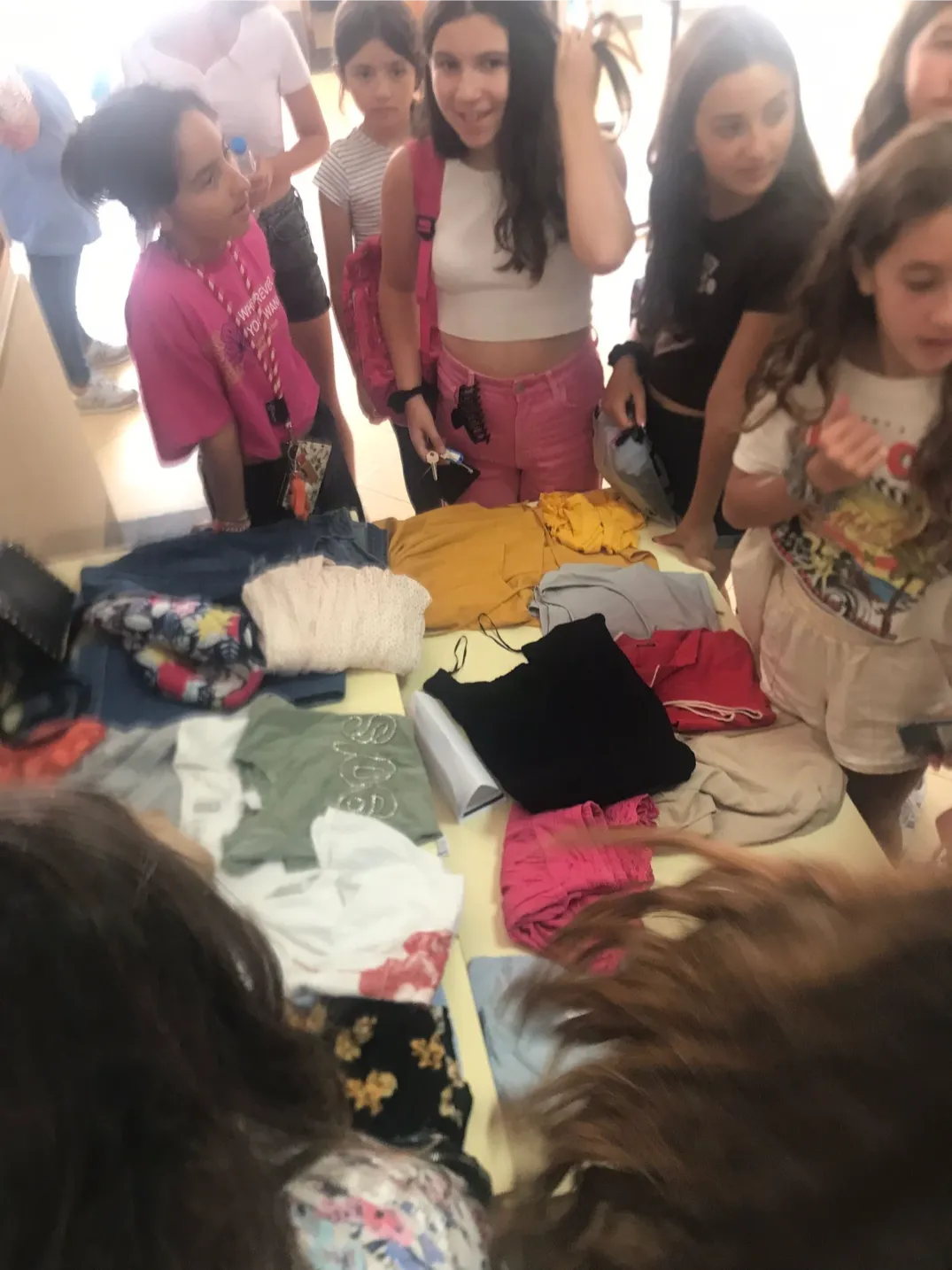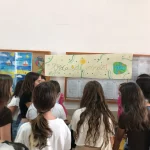Teacher: Jessica Droguetti

Jessica Droguetti
Jessica’s main field of knowledge is engineering, however she is also passionate about education, especially towards transforming science education by implementing a more practical and learner centered approach in the classroom. Jessica has been teaching Natural Science, Maths, Physics and Chemistry for the past five years. Her biggest motivation for pursuing a path in teaching is to take an active role in making education more inclusive and accessible.
Usefull links related to the Solution
Overview
Jessica organised the project because she noticed her students were increasingly concerned about the environment and climate change. The students were given the opportunity to set up a pilot project with the objective of taking action on a simple solution that could contribute to mitigating the effects of climate change. To accommodate the project in the curriculum a collaborative approach across three subjects was used – lessons from Chemistry, Science and Citizenship were used to facilitate the project.
Theory of Change
The Portuguese science curriculum incorporates learning about greenhouse gases emissions but Jessica realised that student agency wasn’t enhanced by the curriculum content – no provision was made for project-based learning which would enable the students to feel empowered to act on their learning. Jessica, therefore, encouraged her students to choose a challenge related to the curriculum objectives but which was also relevant to their lives. This led to a student-led activity that was impactful and gave the students a sense of achievement in climate action.
Approach and Actions
The students were presented with a number of problems that contributed to climate change through the emission of greenhouse gases (all complementary to the curricular learning objects). Using the double diamond technique the problems were developed into solutions that could be applied in a pilot project (e.g. they needed to be student-led and achievable). The group ended up running a second-hand clothing and accessories exchange- no money was involved. This project incorporated the students’ interest in fashion but overcame a social issue whereby some participating students were living in poverty and could not afford to meet their basic clothing needs let alone buy fashion items. The classroom teaching used the fashion industry to deepen the student’s understanding of the link between fashion, the use of natural resources, energy production and the combustion reaction. The clothing exchange and the classroom activities reinforced each other and demonstrated the realities of people’s actions which contribute to greenhouse gas emissions.
Impact
The children were made aware of the link between the fashion industry and climate change. Many teachers found it challenging to collaborate on interdisciplinary project work but seeing the excitement from the children led to a change of mindset and they became more open to collaborating. The long-term impact of the learning can’t be measured yet but the enthusiasm of the children indicates that the learning will be deeply embedded. Some children even extended the project, working with a different teacher to upcycle clothing at the exchange.



